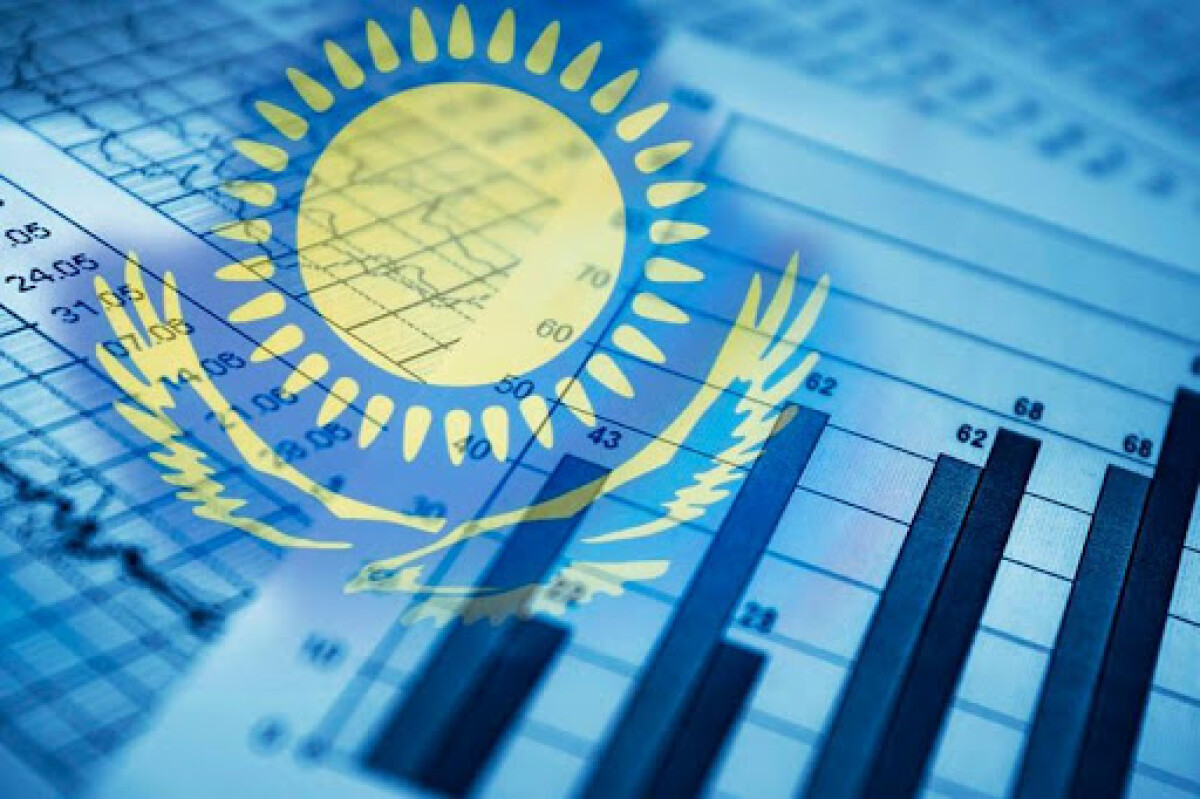ASTANA — Kazakhstan’s economy demonstrated stable growth during the first seven months of the year despite some challenges in foreign trade. According to the Bureau of National Statistics (QazStat), the composite economic indicator (CEI) increased by 4.1% as of July 7, with significant contributions from the communications, construction, and transport sectors.

Photo credit: e-history.kz
The communications sector recorded an 8.3% increase, while the construction sector witnessed an 8.7% increase in work volume due to ongoing infrastructure projects across the country. Passenger turnover surged by 14.1%. Industry and agriculture also contributed to the overall economic growth with an increase of 2.9% and 3.7%, respectively.
The consumer price index rose by 7.9% compared to July 2023.
In 2023, the production of goods accounted for 36.2% of Kazakhstan’s GDP, while services comprised 56.4%. The industrial sector was the most significant contributor, making up 26.7% of GDP, followed by wholesale and retail trade and vehicle repair, which accounted for 18.2%. The income distribution across sectors showed that wages represented 28.2% of income in goods production and 36.3% in services.
Foreign trade and investment trends
Kazakhstan’s foreign trade turnover until June was $66.9 billion, marking a 2.1% decrease compared to last year. Despite this decline, the country’s exports grew by 2.1%, reaching $39.3 billion. This growth was offset by a 7.6% reduction in imports, amounting to $27.6 billion.
Investments in fixed assets reached 8.3 trillion tenge (US$17.4 billion), a slight increase of 0.4% from the previous year.
Mining and quarrying accounted for 22.3% of these investments, followed by real estate operations at 20.4%, transport and warehousing at 17.4% and manufacturing at 9.8%.
Kazakhstan’s main export destinations included Italy, which covered 23.5 % of the country’s exports, followed by China at 18%, Russia at 9.6%, the Netherlands at 5.9%, and France at 5.5%. Regarding imports, Russia remained Kazakhstan’s largest source of goods, making up 28.1% of imports, followed by China at 25%, Germany at 5.1%, the United States at 4.1% and South Korea at 3.6%.
Population growth, income, employment indicators
The population reached 20,159,700 as of July 1, an increase of 1.3% or 260,300 people compared to last year. The most notable population growth was observed in Astana and Almaty, with 6.4% and 3.1% surge, respectively.
The average per capita nominal income in June was 197,128 tenge (US$420), reflecting an 8.2% nominal increase compared to last year.
The unemployment rate in the second quarter of 2024 stood at 4.7%, with 451,000 people unemployed, a 0.4% decrease from the previous year. The average monthly nominal salary in the same quarter was 403,251 tenge. Real wages saw a modest increase of 1.7%.


